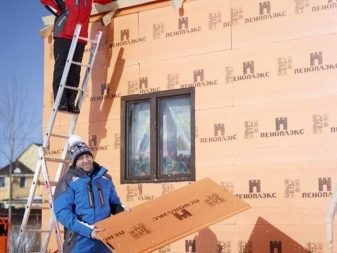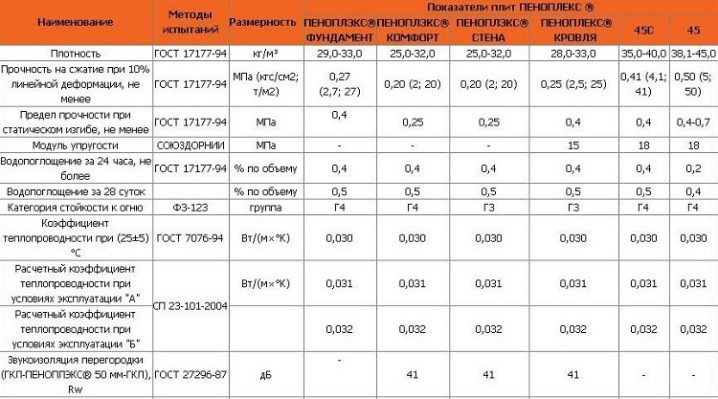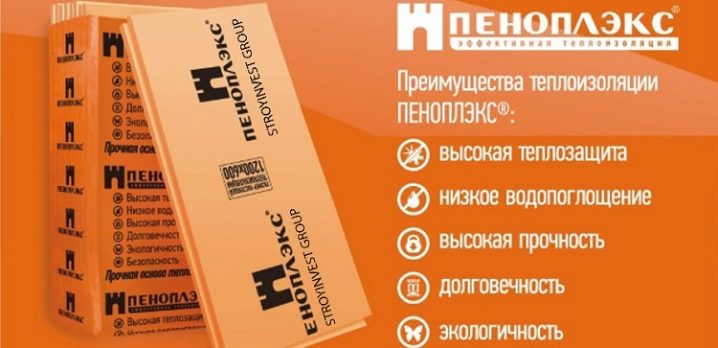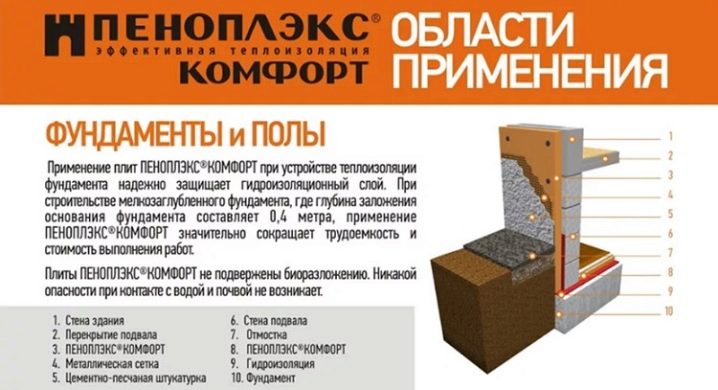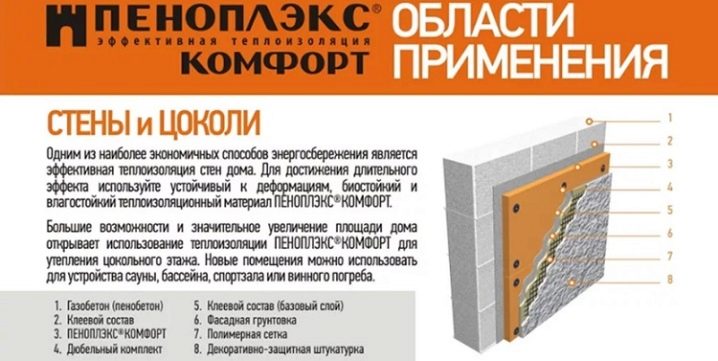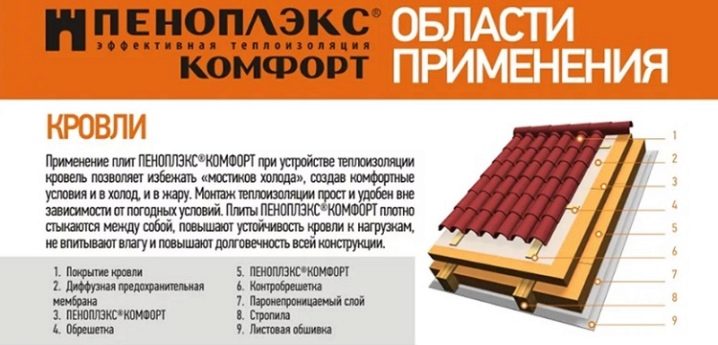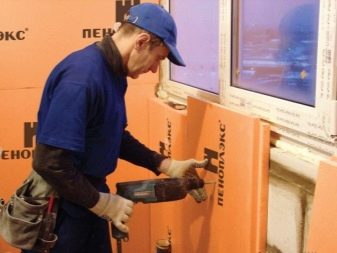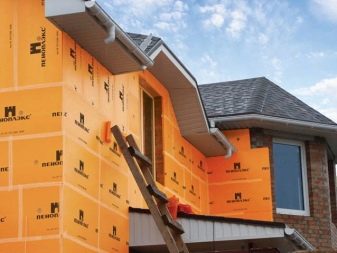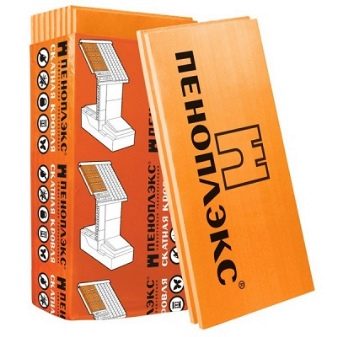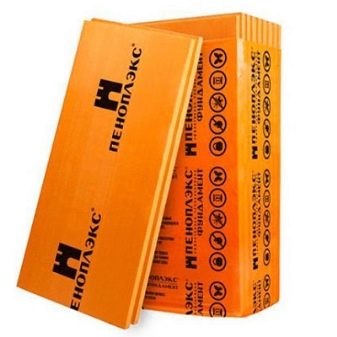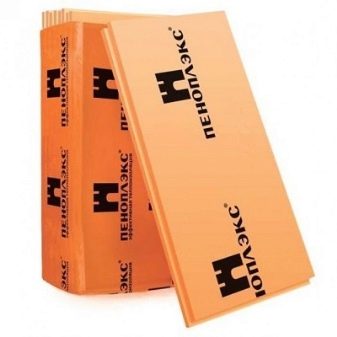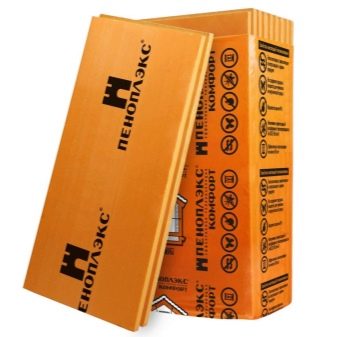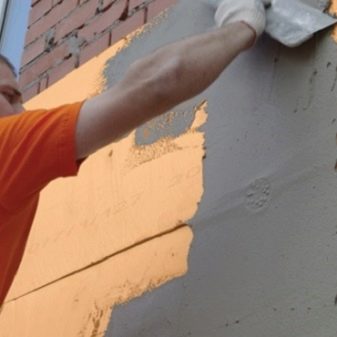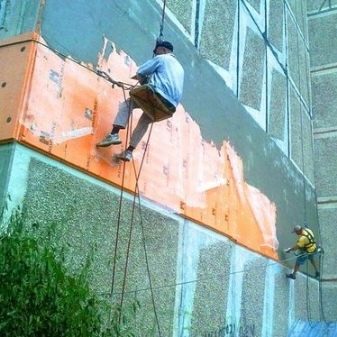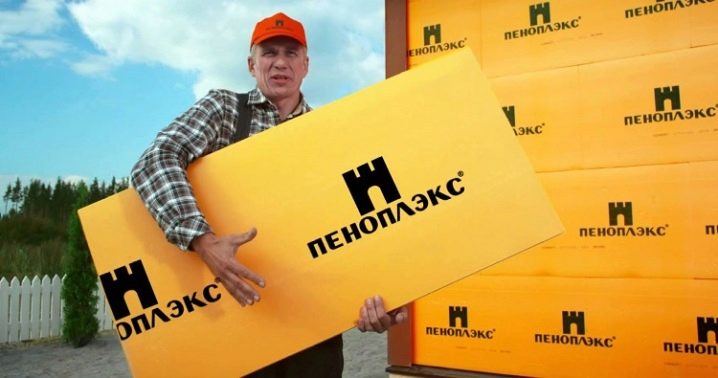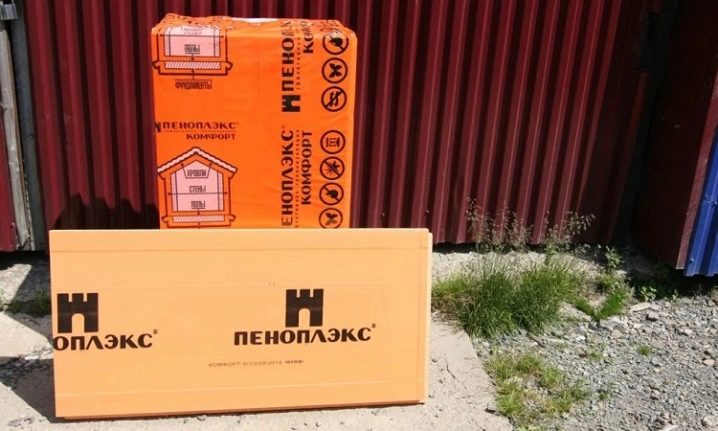Penoplex 100 mm: types and characteristics of insulation
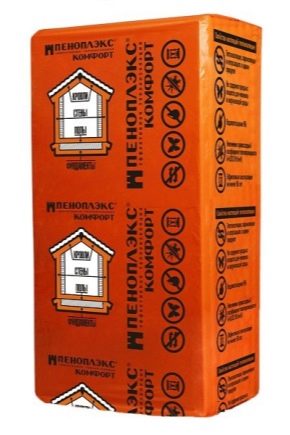
When building a home, it is better to take care of preserving heat in it. This can be done using building insulation materials. One of the most modern widely used heaters is Penoplex 100 mm.
Properties
"Penoplex" 100 mm is a plate of extruded polystyrene foam with a thickness of 100 mm. For the manufacture of insulation used technology mixing polystyrene sand grains in an extruder, where pressure is fed to the means for foaming. From the resulting slurry form sheets, which, when cooled, are formed into finished plates. Sheet size is easy to change by cutting material.
Key features include several indicators.
- Strength. This property is very important when warming structures that are under constant pressure, for example, floors, foundations. Insulation can withstand a load of 20 tons.
- Moisture resistance.
- Long service life. High-quality insulation can retain their original properties for 50 years.
- Fire resistance
- Environmental friendliness. Polystyrene consists of particles of carbon and hydrogen.
- A possibility of application at the wide range of temperatures. The operation of polystyrene is performed with a thermometer reading from minus 50 degrees to plus 50 degrees and above.
- High thermal protection.
- Resistance to ammonia, alcohol, alkali, bleach, various acids.
- Ease of use.
Application
Slabs 100 mm thick are used in the construction of private houses or industrial buildings.
With the help of polystyrene insulated:
- walls;
- ceilings;
- floor;
- foundation;
- roof;
- basement rooms;
- roads, tracks, runways - insulation prevents swelling, cracking of the surface when exposed to low temperatures;
- any pipelines;
- sewer pipes.
"Peneplex" is often used for warming balconies, saunas, baths, facade structures.
Insulation can be performed at the stage of construction, repair, reconstruction. Due to the unique properties, as well as the relatively low price, the scope of application of this heater is huge. Prevention of freezing of the surface, accumulation of moisture allows you to maintain many life support systems in working condition in any weather. To obtain a quality result, the type of insulation appropriate to the type of work is selected.
Kinds
Among the most common types of insulation "Penoplex" 100 mm thick, the area of which is 2.773 m2 in the package, there are several of the most popular.
- "Geo". The plates have a smooth, smooth orange surface. Used in the construction of residential or industrial facilities. With the help of this type of insulation, heat insulation of the structures on which constant pressure will be applied, for example, a foundation or a floor, is produced. The material has high strength properties, but has a low fire resistance.
- "Roof". The plates have a smooth, smooth orange surface.The composition of the material includes additional refractory components. It is used to insulate the roof of any kind.
- "The foundation". The plates have a smooth, smooth orange surface. It is used for insulation of any standard structures, for example, the floor, walls or roof, where there are no requirements for increased strength of the material.
- "Facade". Plates have a milled orange surface. Flame retardant components are also included. This material is warmed partitions, facade design.
Terms of use
When carrying out works on warming it is necessary to observe a certain sequence of actions.
- Preparation of the basis by cleaning of dirt is made. If the surface is rough, it is recommended to level them with plaster. Before applying the insulation base can be treated with a composition that prevents the appearance of fungal infections. After complete drying of the treated surface proceed to insulation.
- Polystyrene plates are glued with special glue. When this adhesive is applied directly to the surface of the plate.
- Then produce a mechanical fixation with dowels.
- After this, the plates are coated with plaster in several layers. But wood and drywall can also be used. When carrying out insulation works before fixing drywall, it is recommended to apply polyethylene. This provides the best vapor barrier.
It should be noted that when using drywall as a finish, it is better to give preference to moisture-resistant species.
To increase adhesion when finishing with plaster, the outer side of polystyrene plates is made rough.
Tips for choosing
When choosing insulation it is necessary to pay attention to the heat conductivity index. Not only the amount of material required for insulation, but also the degree of moisture resistance depends on it. The higher the coefficient, the worse the protective properties, the more insulation will be needed.
It should be noted that high thermal insulation prevents the possibility of deformation of insulation boards in a vertical position.
The surface structure of polystyrene plates should be firm, smooth. Otherwise, there is a danger of moisture accumulation, which can further lead to the appearance of dangerous microorganisms,not only destroying the material itself, but also harmful to health. The material can be checked by immersing it in water for several weeks.
The qualitative composition is characterized by the absence of crumbs or the ability to change shape when carrying out insulation work.
When choosing insulation should check the evenness of the edges. The surface can be tested by clicking on its base. In the case of prominaniya from such a heater is better to refuse.
The result of insulation depends on the correct type of insulation, its performance characteristics.
You can find out how to make wall insulation with Penoplex yourself by looking at the video below.
